Physician Assistant Acute Care Protocols: For Emergency Departments, Urgent Care Centers, and Office Practices
SECOND EDITION WITH NEW MATERIAL NOW AVAILABLE ON AMAZON. This is the first edition of acute care protocols created for the Physician assistant. Over 130 concise, fast-reading, bulleted protocols for Physician assistants working in acute care within an emergency department, urgent care center, family or office practice. Covers cardiovascular, respiratory, endocrine, toxicology, neurology, musculoskeletal, gastrointestinal,
SECOND EDITION WITH NEW MATERIAL NOW AVAILABLE ON AMAZON.
This is the first edition of acute care protocols created for the Physician assistant. Over 130 concise, fast-reading, bulleted protocols for Physician assistants working in acute care within an emergency department, urgent care center, family or office practice. Covers cardiovascular, respiratory, endocrine, toxicology, neurology, musculoskeletal, gastrointestinal, genitourinary disorders, electrolyte and acid/base disturbances, HEENT, trauma, pediatrics, geriatrics, gynecology, infectious disease, dermatology, hematology, psychiatric and social, environmental, medications, and disease management, among others. This book has evidenced-based care and best practices, provides a framework for the Physician assistant interaction with physicians, and is a management tool to decrease adverse outcomes. The Protocols and Practice Guide have similar clinical content — The author Donald Correll, M.D. is the Emergency Department Medical Director of Jackson-Madison County General Hospital (Tennessee), which treats 85,000 patients annually.
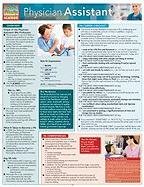
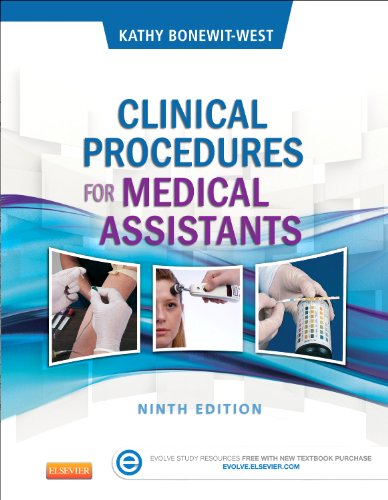
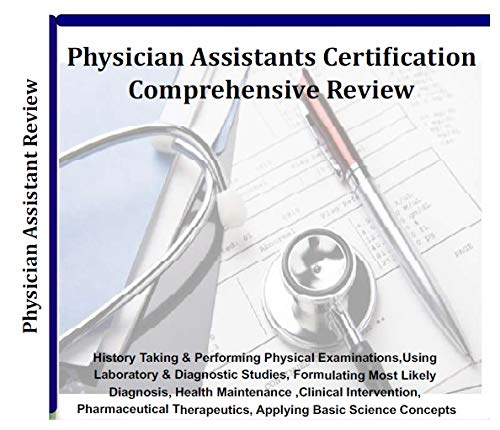
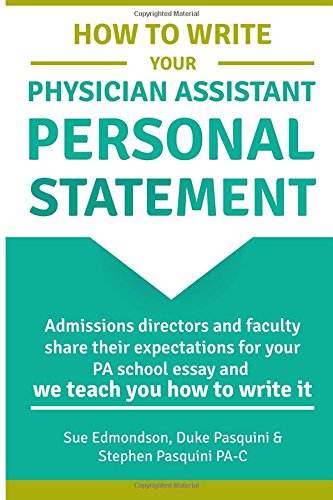
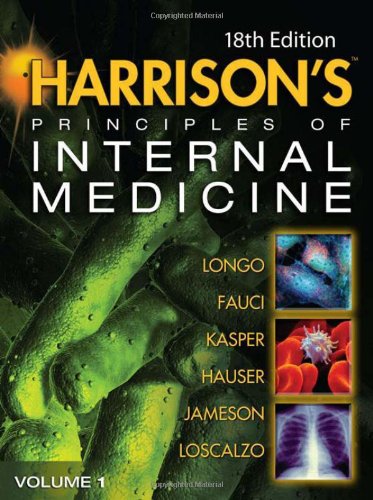

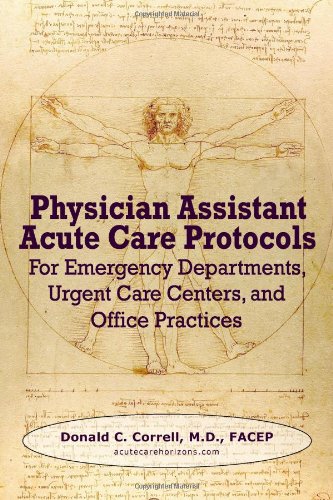
A Must Have Referece Book I consider myself to be a “seasoned” PA as I have over 21 years experience in this profession. That being said, I have learned that there is no such thing as too many references to have at your practice. I have to admit that this book is what I call “cook book” form, however, when working in a very busy ER it is an extremely valuable tool to have. It bypasses all the pathophysiology that is not needed when making a prompt and safe patient decision for treatment. I highly recommend this book to…